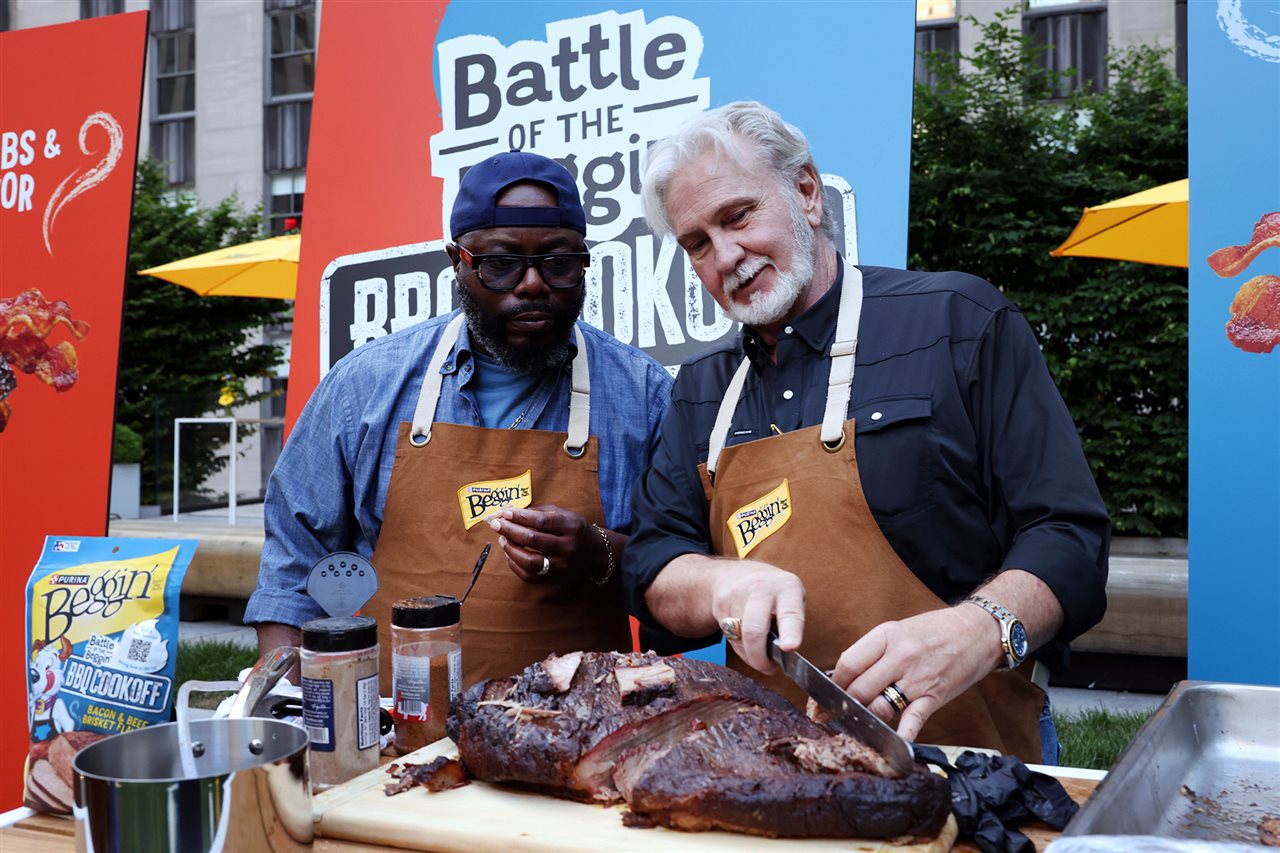2025-07-23T16:05:00
(BPT) – By Manish Joneja, Senior Vice President, Walmart U.S. Marketplace and Walmart Fulfillment Services
Today’s customer expects more. They’re shopping across categories, across price points, and increasingly across channels. They want value and greater assortment — much more than we can fit inside a Walmart U.S. Supercenter. And they also want a consistent, enjoyable shopping experience and to shop with a company they trust.
This is why we’ve made significant investments in assortment expansion across Walmart.com, including more than half a billion items from an ever-expanding group of diverse and growing sellers fueling the Walmart Marketplace. And, we’re not just adding more — we’re adding better. From our core assortment of everyday essentials to premium brands, together we bring customers the breadth, depth and quality they expect from a modern retailer.
An Industry-Wide Challenge
At the same time, bad actors seek to mislead and defraud customers in a rapidly changing environment. While counterfeits are estimated to represent a tiny minority of the products sold on marketplaces, it is an issue that plagues all retail marketplaces. These fraudulent sellers — who grow savvier, faking credentials and dodging enforcement — erode trust, not just in the companies who run these marketplaces, but in the thousands of large and small sellers who act with integrity and seek only to bring value and assortment to those who shop with us.
How We’re Shaping a Better Marketplace
To keep Walmart.com secure, we operate a multi-layered enforcement system with zero tolerance for bad actors, including:
- Seller vetting prior to onboarding, including identity and business verification, with ongoing compliance reviews.
- Pre-listing protections such as restricting who can sell certain categories.
- AI-driven and real-time monitoring of product listings for policy compliance, and intellectual property infringement, overseen by machine learning, automation and human management.
- Clear policies with swift enforcement measures, including proactive removal of violating listings and, when necessary, removal of sellers.
- Rapid response capabilities enabling our Trust & Safety team to investigate and address violations quickly.
- Brand protection tools that allow owners to flag concerns to be resolved quickly.
- Customer-centric policies, including convenient store-based returns for Marketplace items.
- Educating sellers to meet and maintain high standards.
These systems are continually enhanced and strengthened to protect consumers from the latest threats facing every open marketplace. When issues arise, our dedicated Trust & Safety team acts swiftly to investigate and resolve issues, alongside the many sellers who act with integrity on our site every day.
Working Together to Create a Safer Experience
Counterfeits have always been a challenge in retail, and online marketplaces are no exception. But today’s bad actors are more sophisticated, using technology to scale their operations faster than ever. This is why strong, coordinated action between the public and private sector is essential for tackling the evolving threat. Our efforts include:
- Championing the Integrity, Notification, and Fairness in Online Retail Marketplaces (INFORM) Consumers Act – landmark legislation signed into law in 2023 to increase transparency and accountability in online marketplaces.
- Leading advocacy for the Combating Organized Retail Crime Act (CORCA) to establish a coordinated federal response to retail theft.
- Engaging in Congressional roundtables and dialogue on the Stopping Harmful Offers on Platforms by Screening Against Fakes in E-commerce (SHOP SAFE) Act, aimed at curbing the sale of unsafe counterfeit goods online.
- Collaborating with the Department of Homeland Security (DHS) to develop the anti-counterfeit best practices outlined in its 2020 Combatting Trafficking in Counterfeit and Pirated Goods report.
- Partnering with Homeland Security Investigations (HSI), the National Intellectual Property Rights Coordination (IPRC), and the Federal Bureau of Investigation (FBI) to target bad actors and strengthen enforcement.
- Joining forces with State Attorneys General and law enforcement task forces to help thwart organized retail theft.
- Working closely with organizations like the Retail Industry Leaders Association (RILA), Buy Safe America Coalition, National Retail Federation (NRF), Information Technology and Innovation Foundation (ITIF) and U.S. Chamber of Commerce (USCC) to promote marketplace integrity and safety.
- Sharing intelligence on bad actors with other retailers and marketplace platforms through the Anti-Counterfeiting Exchange.
- Serving on the Marketplace Advisory Council of the International AntiCounterfeiting Coalition (IACC).
Leading the Way
At Walmart, we won’t stop fighting for all customers and taking aggressive action towards sellers who seek to defraud them with counterfeit items. We’re building an ecosystem where trusted sellers can grow, customers can shop with confidence, and innovation can thrive. That means continuing to invest in smarter tools, clearer policies and stronger education and support for our seller community — while staying true to Every Day Low Prices.
The future of eCommerce depends on shared responsibility to uphold customer trust. Growth hinges on integrity. It ensures fair play, consistent standards and a level playing field, attracting quality sellers and loyal customers.
In today’s retail landscape, trust is a competitive advantage. At Walmart, we’re committed to delivering on it.
















